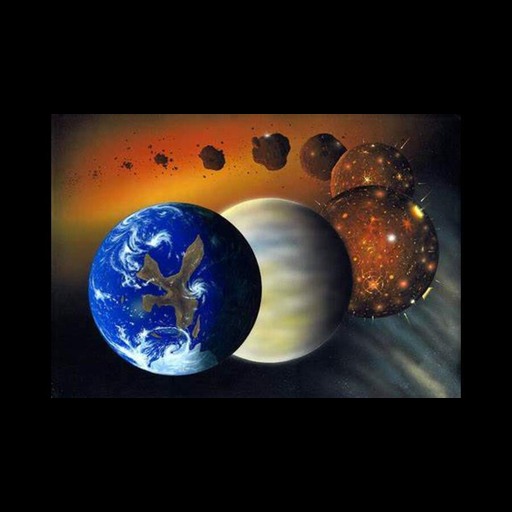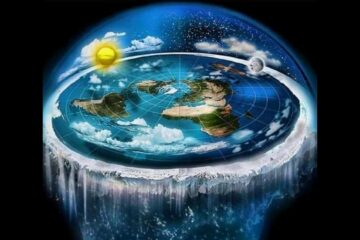Introduction
Hello everyone, can you imagine that this Earth, which is home to countless forms of life, was, 4 billion years ago, a boiling ball of lava—a ball where life itself was non-existent?
In such a scenario, thousands of questions arise in our minds, such as how this ball of lava became the Earth, where the water came from, how the Moon was formed, and many more. In this blog, we will find the answers to these questions.
In fact, the formation of every natural element on Earth is connected to our solar system. So, let’s dive deeper to understand these things in detail.
The Origin of the Solar System
Around 4.6 billion years ago, our solar system did not even exist. In its place, there was only darkness and empty space, where a cloud filled with dust and gas was floating. This cloud was named the Solar Nebula, and it contained various gases, primarily hydrogen and helium. For billions of years, this cloud drifted through space until, one day, a massive explosion occurred. Scientists have called this explosion a supernova.
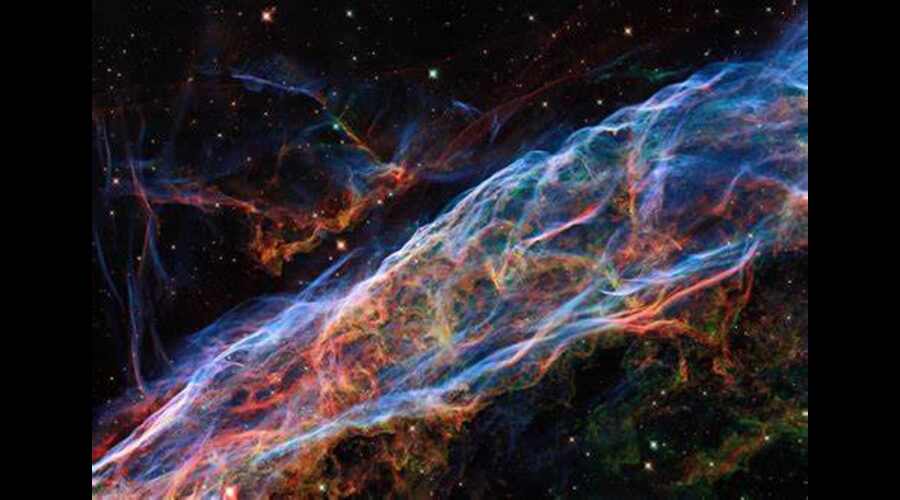
The Supernova Event and Formation of the Protoplanetary Disk
This explosion did not happen within the Solar Nebula itself but occurred nearby, where a dying star exploded. Such explosions are typically associated with dying stars, and this event, called a supernova, sent shockwaves that impacted our Solar Nebula. This led to gravitational instability in certain areas of the cloud, causing gas and dust to compress. Gradually, these regions began to collapse inward, and the gas and dust started spinning, forming a rotating disk. This disk was called the protoplanetary disk. Because this disk was flat, it explains why our solar system is also flat.
The Birth of the Sun
At the centre of the protoplanetary disk, the pressure and temperature kept increasing, leading to the birth of a protostar. Over time, most of the material in the nebula was drawn towards the center due to the increasing heat and pressure. Eventually, the material became so concentrated that nuclear fusion began. Hydrogen atoms fused to form helium at temperatures of about 15 million degrees Celsius. This fusion reaction gave birth to our Sun, and it continues even today, producing the heat and light we receive on Earth.
Around 4.6 billion years ago, most of the gas and dust from the Solar Nebula accumulated in the Sun. This is why, even today, the Sun contains about 99.8% of the total mass of our solar system. The remaining 0.2% formed the eight planets, hundreds of moons, thousands of comets, and millions of asteroids in the solar system. But the question arises—how did the planets begin to form?
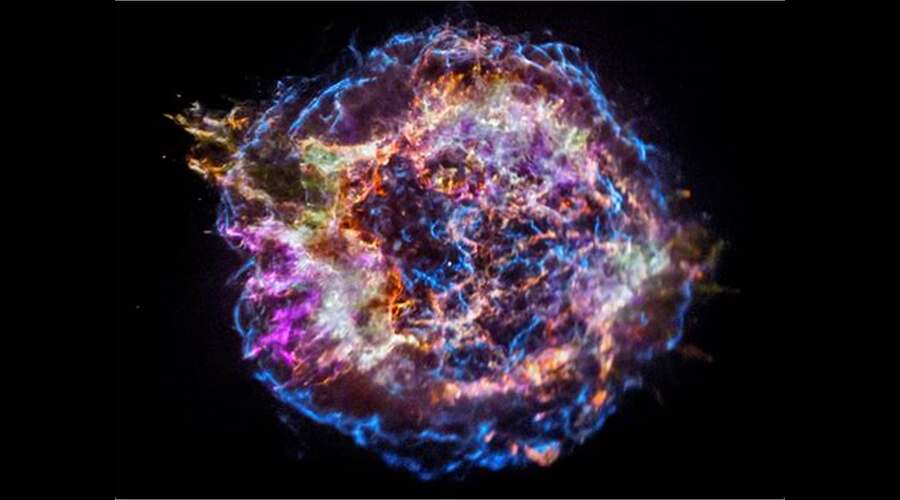
The Process of Accretion: From Dust to Protoplanets
Within the spinning protoplanetary disk, tiny particles of dust started colliding and sticking together due to static or chemical bonding forces. Initially, small clumps formed, but over hundreds of thousands of years, these clumps grew larger. Some of them became as big as a kilometre in size, and these objects are called planetesimals—the tiny versions of planets. As they grew under the influence of gravity, some planetesimals reached sizes similar to our Moon and were then called protoplanets. This entire process of aggregation is known as accretion.
The accretion process was first introduced to the world in 1969 by Soviet astronomer Victor Safronov. Initially, his ideas were not taken seriously, but by 1984, they gained recognition within the scientific community. Today, scientists have observed this accretion process countless times.
The Formation of Earth and Arrival of Water
When it comes to Earth, these small protoplanets and planetesimals frequently collided with one another, generating enormous energy. These collisions produced intense heat, melting rocks and forming oceans of lava on their surfaces. As the protoplanets continued to collide, they grew larger, and their gravity shaped them into almost spherical forms. Eventually, one of these collisions led to the formation of Earth. This period, when Earth was repeatedly struck by smaller protoplanets and planetesimals, is called the Hadean Eon, lasting from 4.6 billion to 4 billion years ago. Interestingly, it was during this Hadean Eon that water arrived on Earth.
Comets and asteroids that struck Earth during this time contained significant amounts of water. If you ask how water came to exist in comets and asteroids, the answer lies in the Solar Nebula. Along with dust and gas, the Solar Nebula also contained ice crystals. Some water was already present on Earth, but most of the water on Earth today came from these comets and asteroids.
Another process was also taking place. When water-bearing comets struck Earth, the heat from the lava vaporised the water, which later condensed and fell back to Earth as rain. By the end of the Hadean Eon, Earth had become a homogeneous ball of magma. After this, the process of differentiation began.
The Formation of Earth’s Layers
Today, we know Earth has three layers—crust, mantle, and core. By the end of the Hadean Eon, the Earth’s crust had already started to form. However, the true separation of the three layers occurred in the next era, the Archean Eon. During this time, Earth began to take its current form, lasting from 4 billion to 2.5 billion years ago.
During differentiation, denser elements like iron and nickel sank towards the Earth’s centre, while lighter elements like silicon, oxygen, aluminium, sodium, calcium, and potassium rose to the surface. Over millions of years, this movement of elements intensified. Iron and nickel fused at the centre, forming Earth’s core, which remains the hottest part of the Earth even today, with temperatures reaching up to 6,000 degrees Celsius. Despite such high temperatures, the iron and nickel in the Earth’s core are solid due to the immense pressure at the core.
The mantle, Earth’s thickest layer, is over 3,000 km thick. Today, the mantle is solid, but during that time, it was in a liquid state. As lighter elements rose and cooled, the Earth’s crust began to form. Oxygen was the most abundant element in the crust, accounting for about 46% of its mass. Over millions of years, the differentiation process created Earth’s distinct layers.
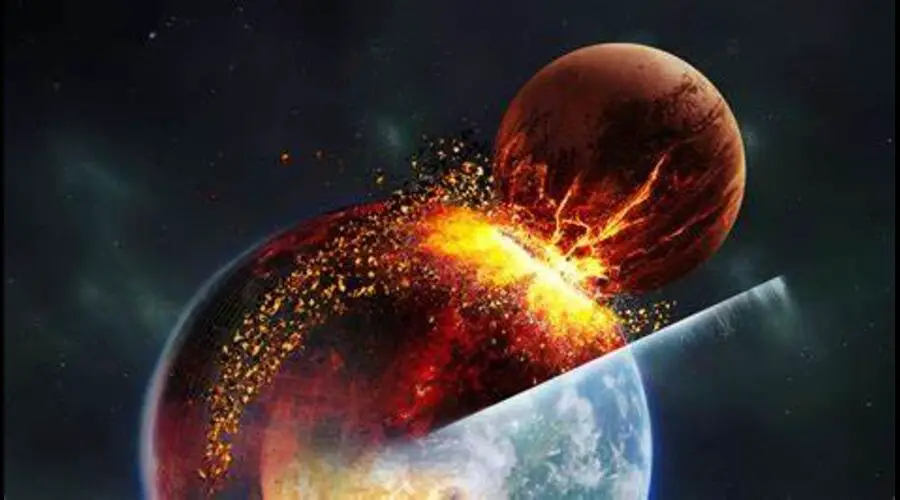
Tectonic Plates, Earth’s Magnetic Field, and the Formation of the Moon
Moving on to tectonic plates, the crust is not continuous but broken into several pieces. At the boundaries where these plates meet, we see volcanic activity and earthquakes. The layer beneath the crust acts as a lubricant, allowing the plates to move.
Now, if we look at Earth’s core, the outer core is liquid due to the heat, and the churning of iron in this layer generates electric currents. This creates Earth’s magnetic field, which is crucial for sustaining life. The magnetic field protects Earth from harmful solar winds and retains the atmosphere. Interestingly, as the outer core cools, it gradually solidifies.
Another fascinating question arises—how did the Moon form? While Earth was taking shape, the Moon was also formed during the Hadean Eon. Scientists have proposed several theories about the Moon’s origin. One is the Capture Theory, suggesting the Moon was a planetary object captured by Earth’s gravity. Another is the Co-Formation Theory, proposing that Earth and the Moon formed together. A third is the Fission Theory, which claims the Moon split off from Earth. However, none of these theories are widely accepted today.
The Giant Impact Hypothesis, Earth’s Tilt, and the Origins of Oceans
The most accepted explanation is the Giant Impact Hypothesis. According to this theory, around 4.5 billion years ago, a Mars-sized protoplanet named Theia collided with the Earth. This collision caused the cores of both planets to merge, and a large chunk of material broke off, eventually forming the Moon. This collision also tilted Earth’s axis to 23.5 degrees, giving rise to seasons and climatic variations essential for sustaining life. Without this tilt, life would have struggled to adapt. The Moon also created tides, which played a crucial role in helping organisms transition from water to land.
Returning to the Archean Eon, volcanic eruptions released large amounts of water vapour, carbon dioxide, methane, and ammonia into the atmosphere. Over time, as Earth cooled, water vapour condensed, leading to rainfall and the formation of oceans. These oceans absorbed much of the carbon dioxide and heat from the atmosphere, stabilising Earth’s environment.

All these events were prerequisites for life on Earth. If even one of these processes had not occurred, life as we know it might not have been possible.
The Writer
